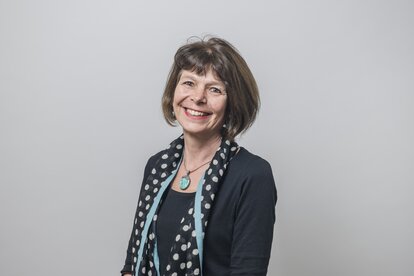Promoting “social equity”, at least in a development context, is often assumed to be essentially about reducing economic disparities – the gap between rich and poor. As an organisation we indeed seek to work with people who are economically poor. This includes avoiding situations in which support to slightly wealthier individuals might provide the means for them to exploit poorer ones. Yet our interpretation of social equity encompasses much more than addressing economic poverty. It is about upholding human rights and taking a stance against social injustice. To quote our policy document, “We seek to reduce or remove the unequal life chances that prevent poor and disadvantaged individuals and groups from playing an active role in their personal, community and societal development.” Essentially, promoting social equity requires a thorough analysis of power structures at national, local and household level – and supporting the empowerment of individuals and/or groups whose access to development interventions is limited by factors such as their sex, age, ethnic group, caste, or geographical location.
One of our partner countries in which social inequities are particularly obvious is Nepal. Although this has started to change in recent years, and is much more openly discussed than in the past, Nepali society remains strongly hierarchical – structured by caste and class. Historically, the so-called “higher” castes (Brahmins and Chhetris) and Newars of Kathmandu have dominated the indigenous hill peoples or Janajatis, and practised severe discrimination against the occupational castes or Dalits (shoemakers, blacksmiths, tailors, etc). Whilst the privileged groups occupy government posts and cultivate the best farmland, it is the hill peoples and (to a lesser extent) Dalits who most commonly live in remote areas, with poor access to government services. Dalits are more geographically spread, but invariably occupy the most marginal cultivatable land or are landless. The children in the photo above, incidentally, are all Dalits. The territorial fragmentation of Dalits – and this is also true for some groups of Janajatis – means that it is difficult to come together with a united voice. Furthermore, their generally poor literacy levels due to poor schooling, and lack of information on political and human rights, have also contributed to their relative political exclusion. Overall, women tend to be dominated by men, although it’s unwise to generalise too much, as gender relations vary according to caste, class and ethnicity. For those interested in reading more, I’d recommend the work of Lynn Bennett, for example Unequal Citizens
The above serves to point out that being economically poor is integrally linked with factors of birth that are beyond an individual’s control. Recognising that in order to reach the most discriminated, development activities must be pro-actively targeted, Helvetas-Nepal has for many years been selective not only with regard to where we work in the country, but also with whom. We aim to ensure that at least 60% of all those individuals who benefit from our programme are economically poor Dalits, Janajatis and/or women. The remaining 40% should be at least either economically poor, or socially discriminated. This is tracked in a rigorous monitoring and evaluation system; indeed, a number of funding agencies, and particularly SDC, require this information for their own monitoring purposes. Depending on the nature of the project or particular intervention, it is not always easy information to track – but over time and experience the system has become routine.
Building to a certain extent on experience in Nepal, last year we introduced the requirement for all country programmes to identify who are the most disadvantaged – socially as well as economically – in their given country context. This has to be done locally, as each country context is different, and often social disadvantage is not as obvious or as (relatively) easy to discuss as is the case in Nepal. As of next year, we are hoping to have figures for our key performance indicators that shows how many disadvantaged women and men we reached, compared against how many individuals we reached overall. We are not setting targets for each country programme, but we expect that by rendering our focus more explicit, it will indeed become so.


